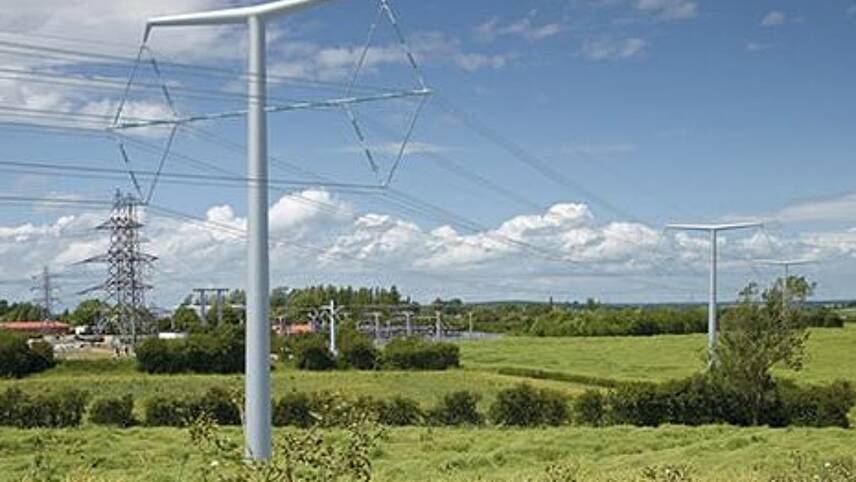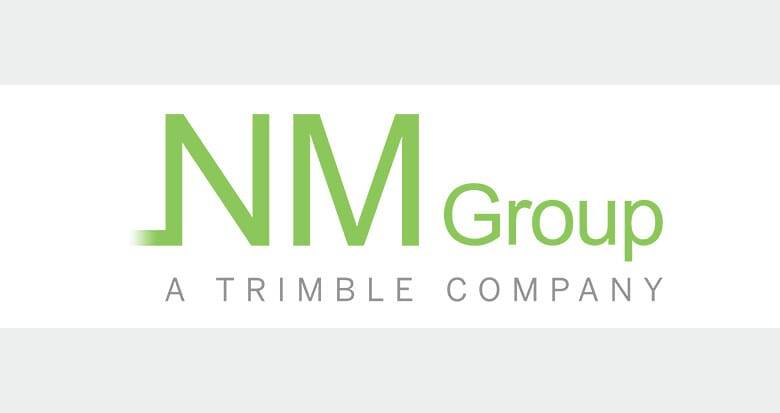This is the Sponsored paywall logged out

With energy networks under pressure to reduce opex spend and demonstrate best practice, using data to optimise vegetation management programme design is one area where early wins can be achieved. Tim Hustwayte of NM Group discusses.
Managing vegetation near powerlines is a constant and significant challenge for UK network operators.
Trees cause an ongoing reliability and safety risk due to growth into lines or the potential to fall in a storm. The weather and environment of the UK means vegetation grows quickly and typically utility vegetation management (UVM) is one of the highest operational expenses for UK operators.
With RIIO2 around the corner, we all know that utilities are being asked to do more with less as well as demonstrate to Ofgem that their work is providing best value to consumers; often via benchmarking and the required adoption of best practices.
Against this backdrop, what can networks do in order to reduce their opex spend as well as ensure they are demonstrating best practice?
We believe that one of the first places that utilities should look is using data to optimise vegetation management programme design. This provides one of the biggest opportunities to refocus how vegetation is targeted, reduce costs and increase the resilience of the network.
Today there is a torrent of data being collected on the networks through patrols, flights and other sources. Examples include maintenance records, LiDAR data, engineering data, satellite imagery and so forth.
Having data lets you look at patterns and make insights, but it isn’t necessarily actionable – it can look great, but what to do with it to actually add value? How do you use it to decide when to trim trees vs when to remove them? Or what about deciding on the appropriate cycle (or exclusion) of each span? Or how about optimising the packages of work given to contractors under a more competitive tendering environment?
Utilities can easily acquire data and insights, there are many suppliers who offer this kind of service. However, data does not tell you what you actually need to do. How do you use this mass of data effectively to make the decisions your network requires and ultimately inform your programmes and subsequent tasking of internal staff and contractors?
To make this data usable has historically required data scientists on staff to interpret the results. For example, you may have growth rates and tree-fall pattern data, but you need the data scientist skill set to build models, properly test them and then design work packages around this.
Recently we have been working on ways to democratise the use of data insights for UVM. Providing intuitive software tools that let domain specialists within the utility test scenarios and built optimised programs of work for scoping, trimming and auditing. When the right program of work has been identified, we have then made it easy to push this out for action via one or more groups of resources – enabling the analytics to be operationalised, easily. Once it’s been done it all comes back to a central location, informing the next round of work and capturing information for compliance and regulatory evidencing.
More information is available at www.nmgroup.com.





Please login or Register to leave a comment.